First Vial Used in U.S. Covid-19 Vaccinations Joins the Smithsonian Collections
The empty vial, a vaccination card and scrubs worn by nurse Sandra Lindsay, first to be injected, will go on view in a new exhibition in 2022
/https://tf-cmsv2-smithsonianmag-media.s3.amazonaws.com/filer/d0/3f/d03f5ce5-81ce-4594-ab71-a3e8022190f5/pfizer3_lij-11.jpg)
When the country’s first FDA-approved Covid-19 vaccine was injected into the arm of intensive care nurse Sandra Lindsay on December 14 in Queens, New York, with some fanfare, it marked a turning point in fighting the pandemic that has killed more than 535,000 Americans. And it made history.
So the first (now empty) tiny Pfizer-BioNTech vial has been acquired by the Smithsonian’s National Museum of American History, it was announced today. Along with the landmark vial are other items associated with that consequential first vaccination, including Lindsay’s vaccination card, her scrubs and hospital ID from Northwell Health, a health care provider operating the Long Island Jewish Medical Center where Lindsay worked in the intensive care unit.
Also donated were the complicated packing material for the vaccine that had only received Federal Drug Administration Emergency Use approval three days earlier following an unprecedented months-long effort to battle the worst public health crisis in a century.
“These now historic artifacts document not only this remarkable scientific progress, but represent the hope offered to millions living through the cascading crises brought on by Covid-19,” says the museum's director Anthea M. Hartig.
“December 14 was a historic moment for all,” says Michael Dowling, president and CEO of Northwell Health. “I thank the Smithsonian for preserving this important milestone.”
Onisis Stefas, Northwell’s chief pharmacy officer, says in an interview they didn’t know they were the first to be administering the Pfizer vaccine even when it was injected. But they chronicled the moment and kept the materials to remember the moment. “The amount of joy we felt after so much hardship, it was just unbelievable,” Stefas says. “We would have held on to it regardless, to remind us of that moment, which was like a turning point in the pandemic.”
Initiating the donation didn’t start smoothly, as Northwell officials first contacted the Smithsonian through the museum’s general online inbox. Scores of inquiries are collected there from a variety of sources, including people who may have found something in their grandmother’s attic that may be of interest. Sometimes it can take a few days to go through all the messages, says Alexandra M. Lord, curator in the museum’s division of medicine and science.
“I was actually in a meeting and all of a sudden I saw this email pop up that he had written to us,” says Lord. “I thought, oh my god, I have to jump on this, because he’s telling me we don’t know what to do, should we be giving it to another museum? So my colleague and I responded to him quickly, but got a little worried because there was no phone number on his email.”
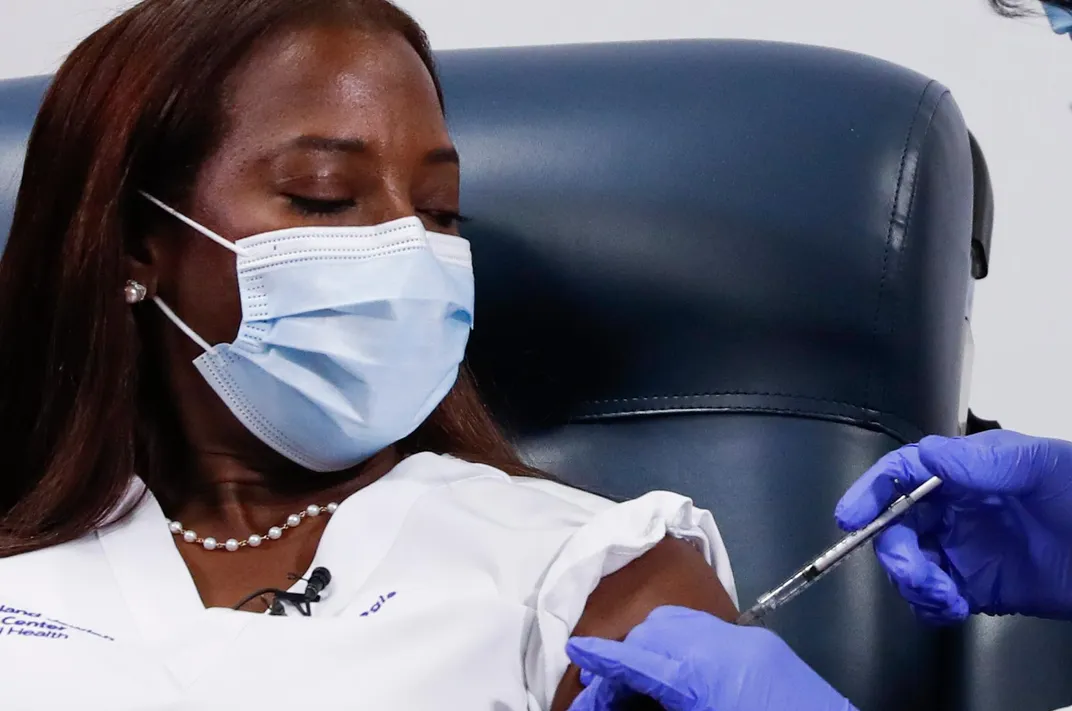
They had to spend a few hours doing a little sleuthing before they were able to track him down. Then they got on the phone to set up a meeting.
“We were, as you may imagine, tremendously excited,” Lord says.
The acquisition includes additional empty vials from the Pfizer vaccine as well as the one from Moderna, which was approved December 18 and first administered at the Northwell facility December 22. Supplies to prepare, inject and track the vaccinations, including syringes and vaccination record cards are included as are the extensive packing materials required to distribute and preserve the vaccine potency, with a card providing “Quick Facts About Dry Ice.”
They join a number of items that have been volunteered to the museum, which has been closed due to public health protocols because of the coronavirus, Lord says. “We’ve had everything from offers of masks that people have made to objects related to treatment of Covid, to practitioners offering us objects related to how they’ve gone about protecting themselves or their family.”
That includes the trash bags health care workers had to wear when protective gear wasn’t readily available when the virus struck a year ago, to signs and artwork family members made to show through the glass to loved ones in locked down assisted care facilities.
Just last week, Anthony Fauci, director of the Institute of Allergy and Infectious Disases at the National Institutes of Health, donated his personal 3-D model of the SARS-CoV-2 virion to the museum. Fauci, who is chief medical advisor to the White House, used the model to explain the virus to lawmakers and laymen.
It was a year ago this week that the pandemic changed American lives, killing 525,000, as it cratered the economy, cleared streets, shuttered schools and mandated face masks. The World Health Organization declared Covid-19 a pandemic on March 11, 2020.
In April 2020, the museum officially formed a rapid-response collecting task force to document the pandemic and its effects on the culture. But they had been keeping an eye on the gathering storm months earlier, Lord says. “We knew experts in public health have been speaking for decades about a looming pandemic. So when news of this began to emerge in January and February and we started reading about this, we did think: Could this be what they were talking about?”
The Covid-19 items will join a collection of epidemics and pandemics dating back to cholera outbreaks of the 19th century. “There were other influenza pandemics in the 20th century and we have objects related to those. We have vaccines. There was in 1957-1958 an influenza pandemic and it was stopped in its wake by a vaccine, very quickly in retrospect,” Lord says. “We also have objects related to the HIV-AIDS pandemic as well.”
Surprisingly, nothing in the museum represents the 1918 pandemic that killed 670,000 in the U.S. and at least 50 million worldwide, in part because that event was so intense, nobody thought of collecting things, she says. In addition, says Lord, “There wasn’t a vaccine, there was no great doctor who saved the world.”
That wasn’t the case when Jonas Salk developed one of the first successful polio vaccines in 1955. “We have Salk’s original syringe, which is pretty amazing. But we also have punch cards related to the clinical trials for that vaccine,” Lord says.
Most of the highlights, from the penicillin mold that the British bacteriologist Alexander Fleming found growing in his laboratory to 19th century patent medicines to Sandra Lindsay’s scrubs, will be included in a 3,500-square foot exhibition “In Sickness and In Health,” set to open in 2022 at the National Museum of American History.
“We began planning the exhibit long before Covid, so when Covid occurred, we had to rethink the exhibit to a great deal and we will now conclude the show with a discussion of Covid,” Lord says.
Since that first injection, Stefas says, Northwell has vaccinated more than 200,000 people so far, and began offering a third vaccine, from Johnson & Johnson, last week.
“It’s a wonderful thing,” Stefas says of the initial vial that will live on at the Smithsonian. “It’s important for future generations to understand what we’ve gone through during this pandemic, the effort put forth by the health care workers, and organizing the largest immunization program in history.”
/https://tf-cmsv2-smithsonianmag-media.s3.amazonaws.com/accounts/headshot/RogerCatlin_thumbnail.png)
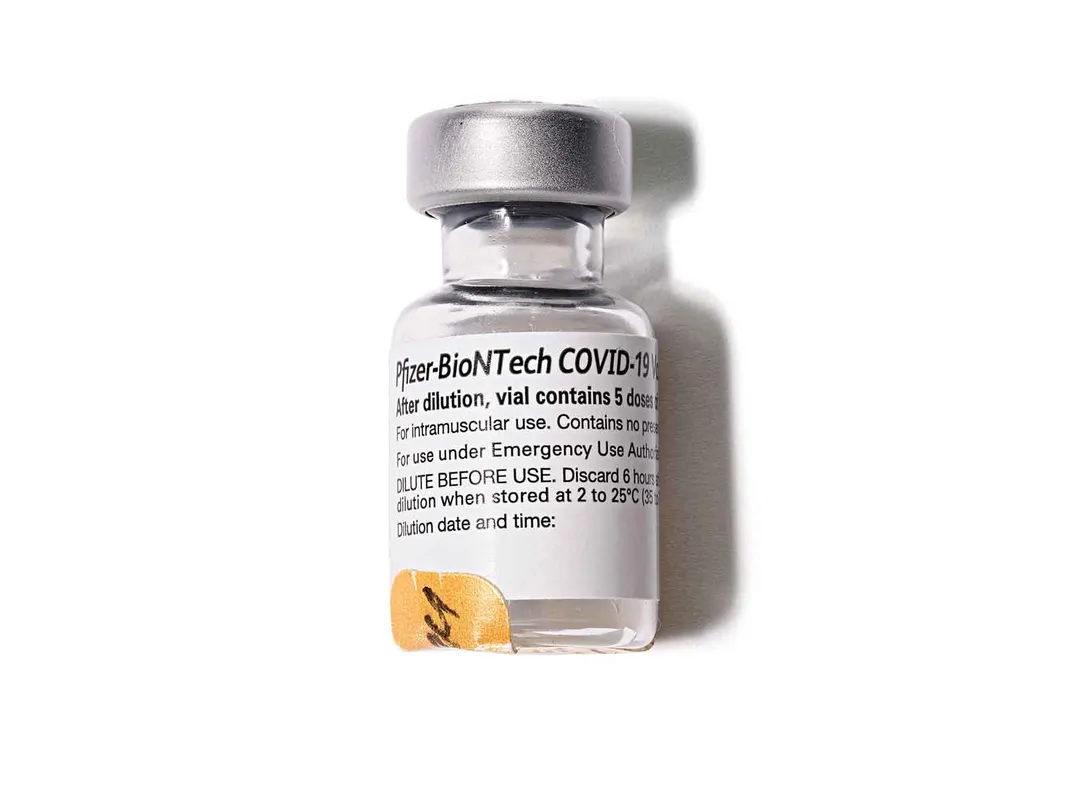
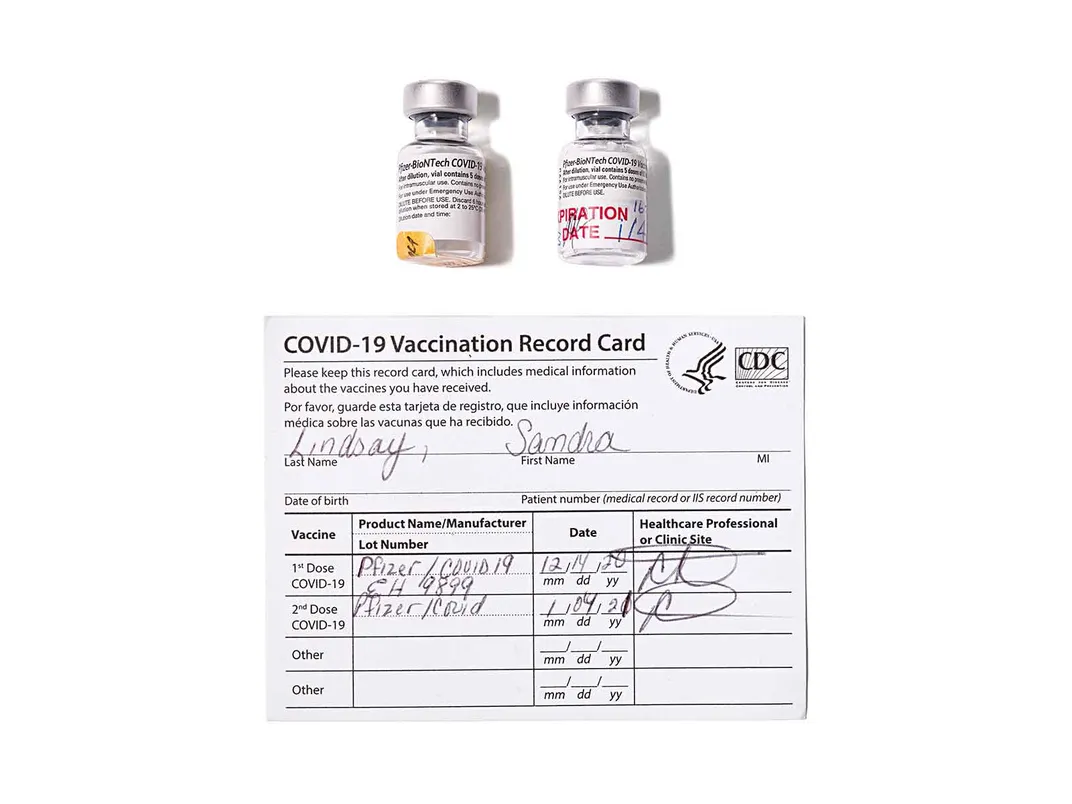
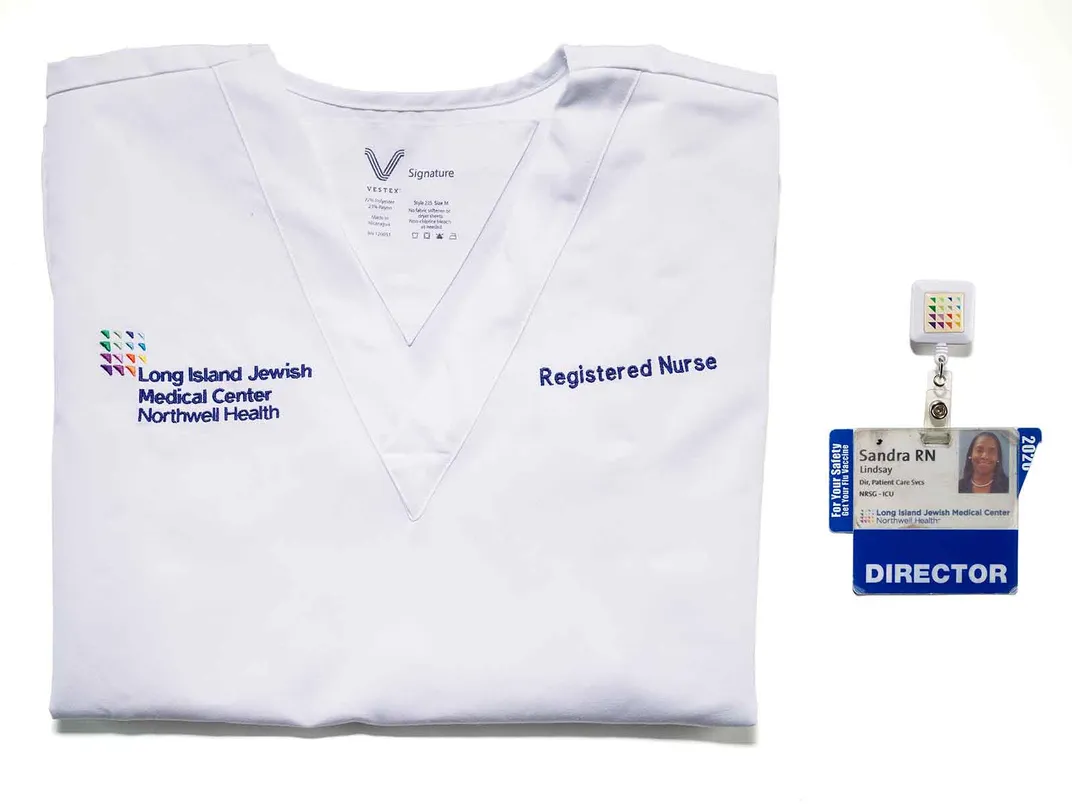
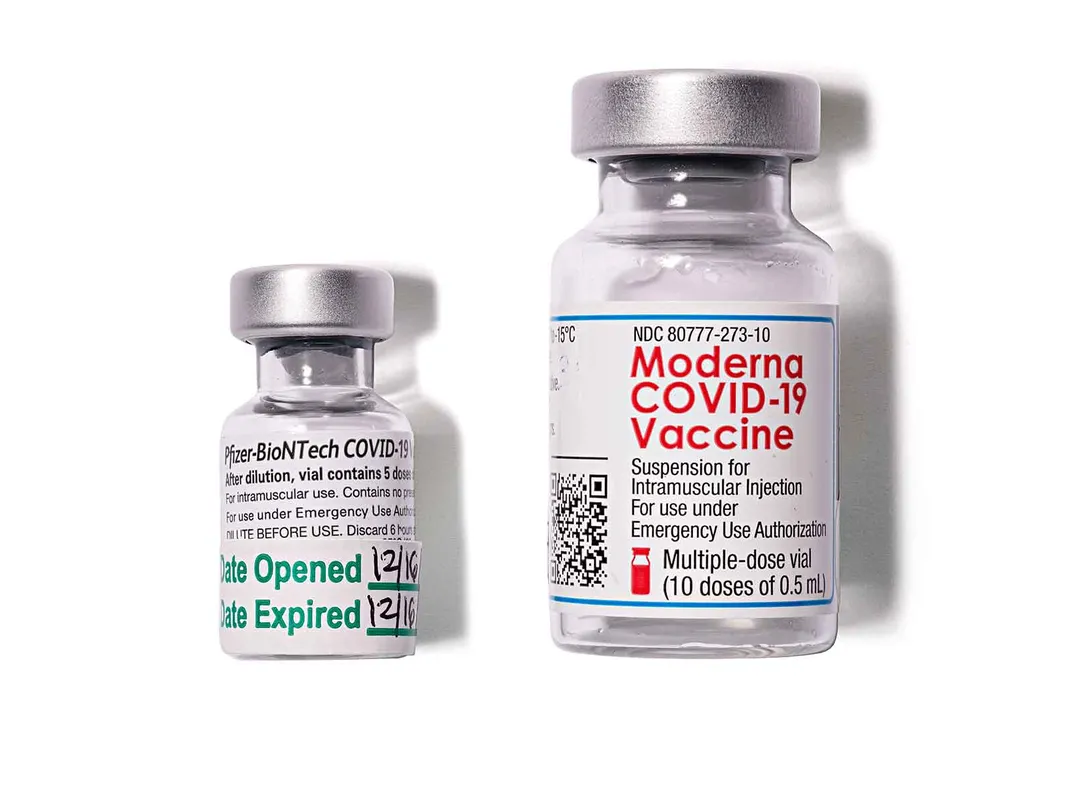
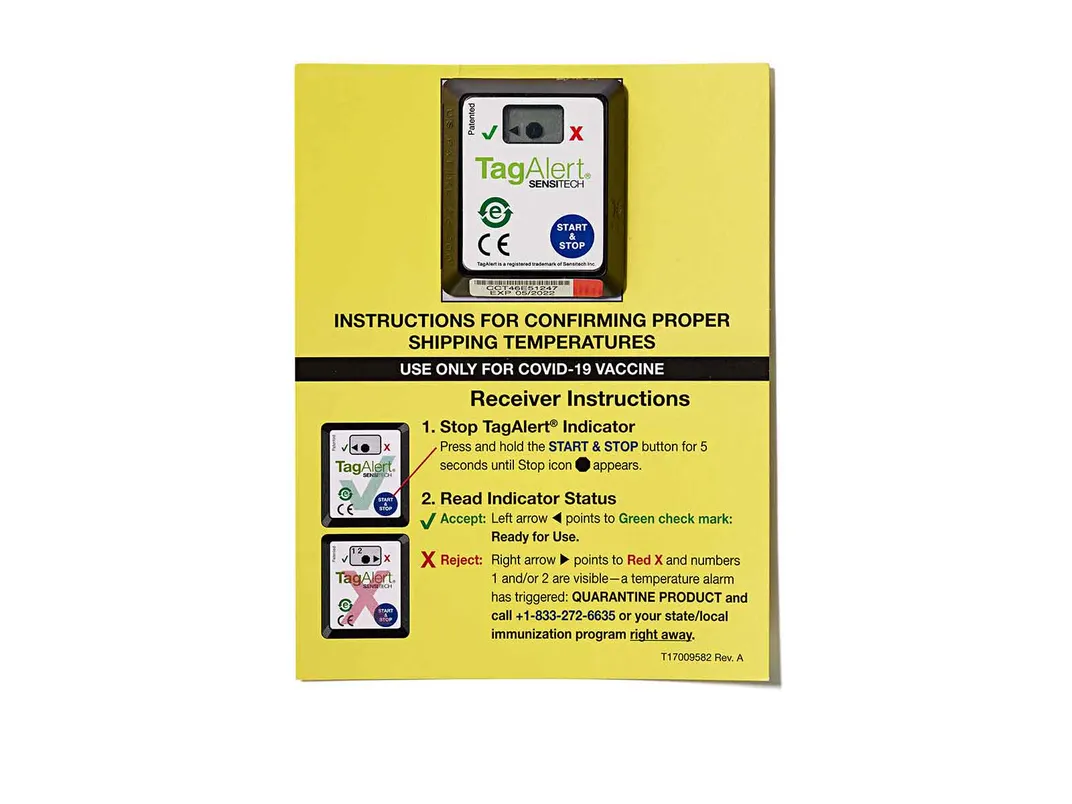
/https://tf-cmsv2-smithsonianmag-media.s3.amazonaws.com/accounts/headshot/RogerCatlin_thumbnail.png)